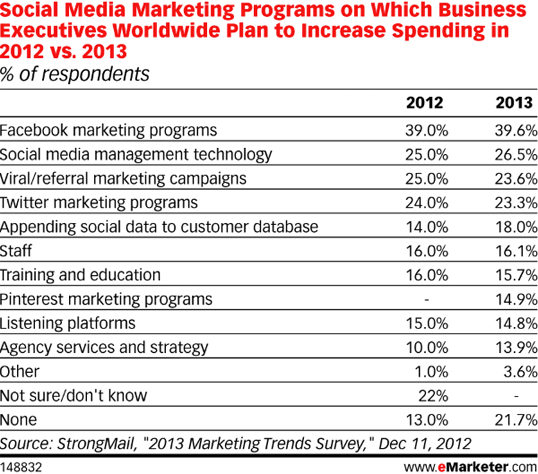This is the first post in a continuing series related to social media training efforts underway at Cisco. I sat down with our corporate Cisco Social Media Listening team members members (Charlie Treadwell, Bernadette Koscielniak, George Metrik, Nancy Rivas, Michael Hopps, Davythe Dicochea, and Jennifer Roberts) to ask a few specific questions around social listening:
Why is social listening important to a business?
Listening is an ongoing process that is a necessary and integral component of your social business strategy. Being present on social channels provides an opportunity to learn from what your customers are saying and gain insights which help drive business results. Listening can also help uncover influencers, identify signs of an impending crisis, and more. Altimeter business analyst, Charlene Li said in a post:
“66% of online Americans are actively using social networking, but only 16% of companies use social media to engage with customers…You can’t have credibility saying you are customer-centric if you ignore your customers in social media channels.”
Executives are consistently investing in listening platforms and processes. A recent December 2012 report from eMarketer indicates executives plan to increase spending in social listening by 14.8% of their social media marketing budget in 2013:
Which types of conversations should you be listening to?
Your listening strategy should be aligned with business objectives, campaigns, strategies and KPIs. Some examples of conversations you can tune in to are Brand, Industry, or Competitor conversations. It’s important to identify and join conversations that are important for your audience. To facilitate precise listening, we use an approach developed by the Cisco Social Media Listening team, called the ABCs and 123s:
The ABCs represent action-based-conversations, like but not limited to:
- Support – Requests for help resolving real-time issue (support)
- Question – Questions that do not require support resource (tech docs)
- Critic – Insults that merit brand management consideration (PR)
- Buzz – Praise from Cisco brand advocates (marketing)
- Lead – Pronouncement of near-term purchase decision (sales)
The 123s designate their priority. This framework enables the team to quickly sift through the social noise to identify those customers reaching out to Cisco. Of course, listening is only the first step. Routing that conversation to a team that has the experience and understanding to engage with the social customer is another big component of this effort.
How do you identify the streams that should be included in your analysis?
Identify the keywords that will best capture relevant conversations and then tailor your listening around those terms. For example, if you’re monitoring conversations for a campaign, keywords could include mentions of your company, keywords used on your company website or search terms (organic or paid) related to the campaign, your executive’s name and hashtags. Be sure to include in your analysis specific product names and industry-recognized terms.
Is your organization listening? How are you currently monitoring social conversations? We look forward to hearing how your organization is listening and engaging across social channels. Keep the conversation going and provide your comments below! #CiscoListens
Cisco invites you to attend on-demand courses and one-on-one team social media consulting to help businesses realize the benefits of social media. More details: http://cs.co/SocialMediaTraining


Great idea of how to align the ABCs with the business goals. In our experience Social Listening is best when it is coupled with the sales funnel to understand how potential or current customers are engaging with your business. This allows the appropriate teams to connect with the specific individuals so the right content can be provided to the target relevant to where they are in the buying process. As consumer behavior becomes more transparent on the web, social listening will continue to add value to how businesses engage with their customer base. Great post.